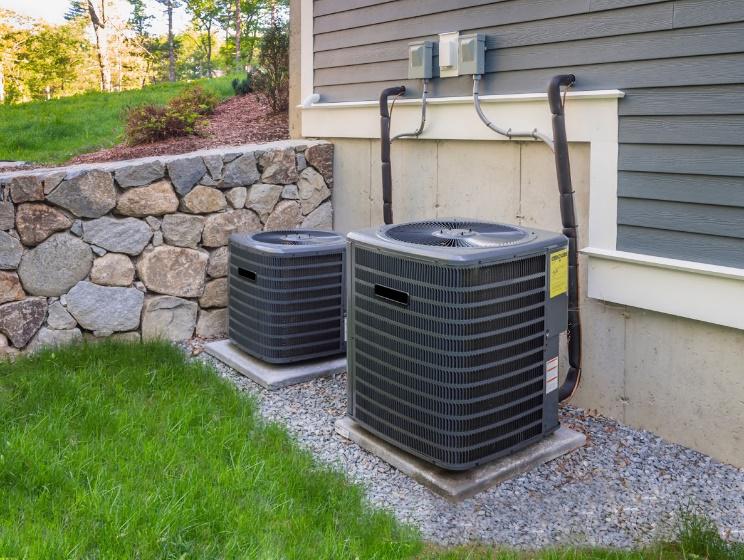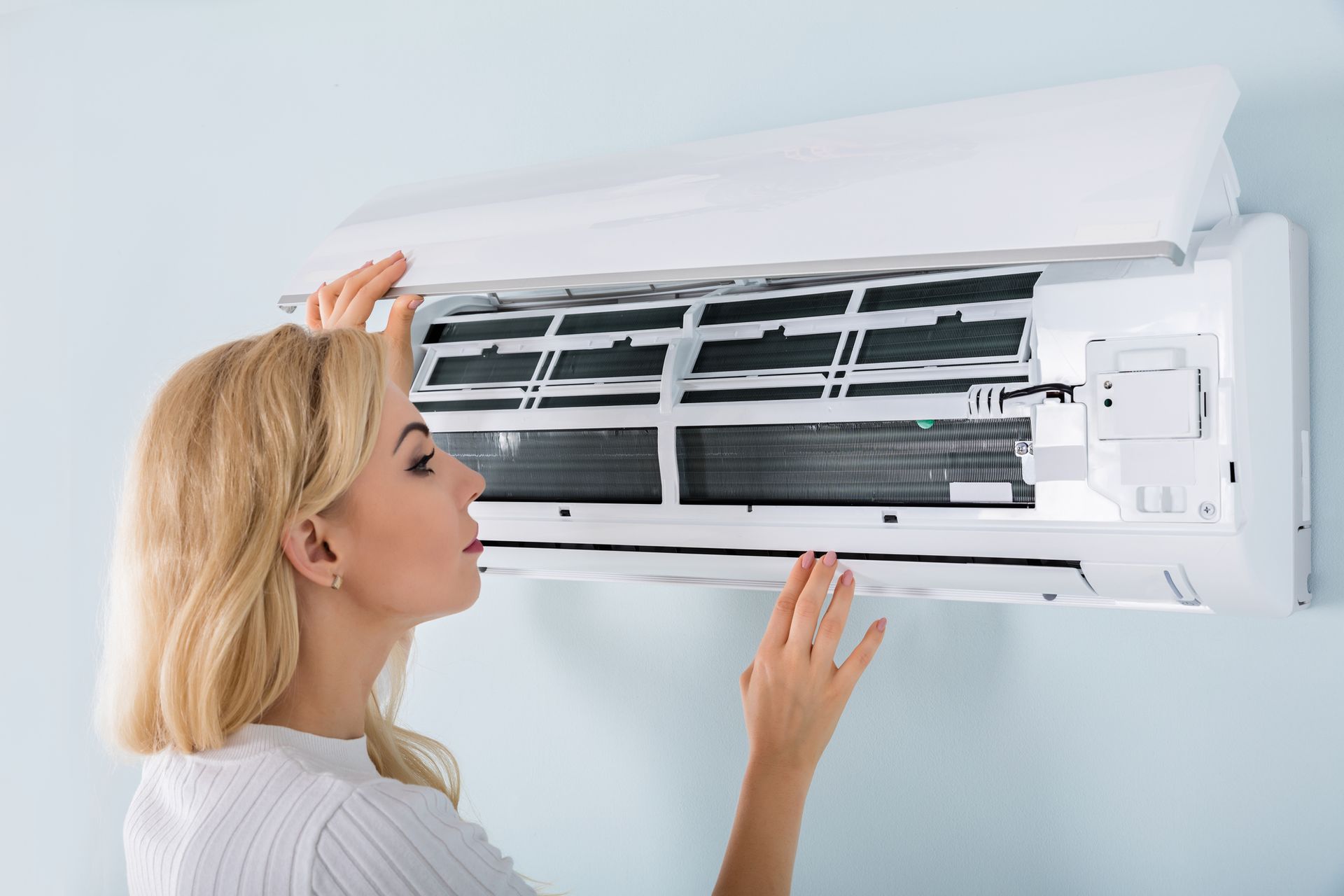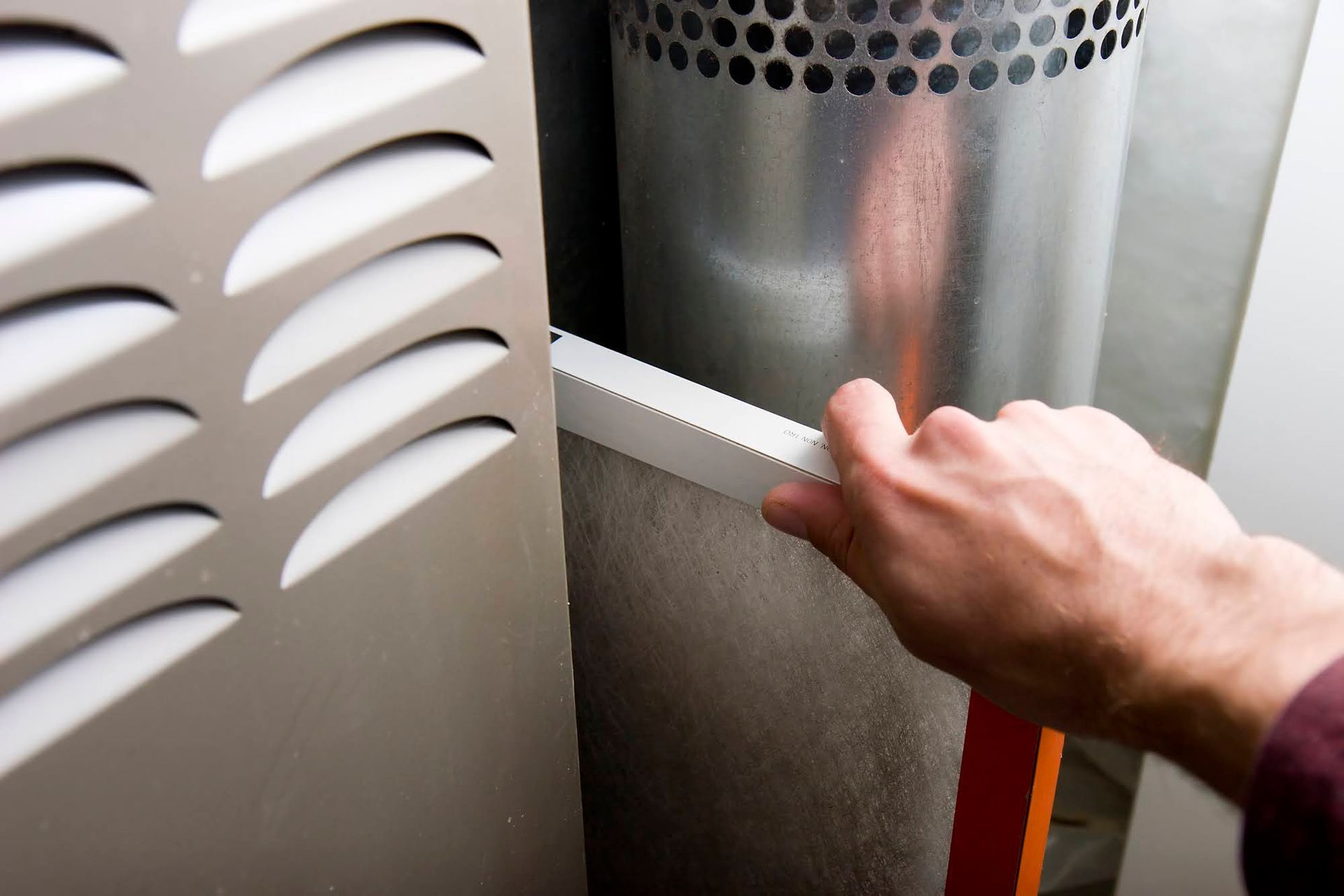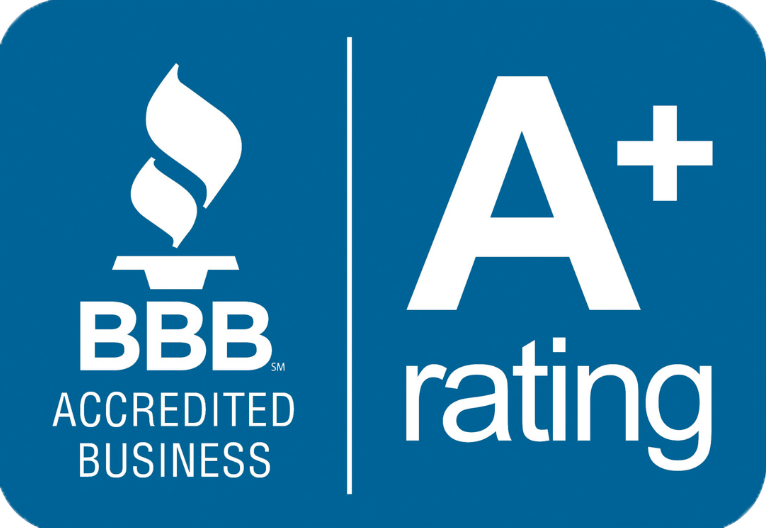6 Reasons You Shouldn't Partially Replace Your Central AC System
Central air conditioning systems are one of the most expensive investments you can make in your home. A recent study found that homeowners spend between $3,740 and $7,203 on air conditioning purchases and installation. The expense of a central AC system drives many homeowners to explore affordable alternatives to the traditional air conditioning system, leading to a variety of good and bad solutions.
The traditional central AC system consists of an indoor and outdoor unit designed to operate in unison. Both halves are meant to be replaced at the same time with completely new units. If the outdoor unit fails before the indoor unit, replacing only the outdoor unit seems like a cost-effective move. However, a partial replacement can have serious consequences for the rest of your central AC system.
1. Inefficient Operation
The indoor and outdoor halves of your central AC system are specifically designed to work with each other. Both halves share the same specs, including cooling capacity and SEER ratings. A perfectly matched AC system offers the optimal cooling experience when it comes to overall performance and efficiency.
Pairing older AC equipment with newer equipment touting a higher SEER rating than the original equipment can lead to poor performance and overall inefficiency.
In most cases, the newer half of your AC system places unexpected stress on older AC components, resulting in increased wear and tear. Meanwhile, the older half of your AC system can take advantage of the newer half's energy efficiency. The end result is a central AC system that is unable to perform at peak efficiency.
2. Compatibility Issues
Refrigerant incompatibility is another common issue for partial replacements, especially when dealing with older AC equipment. Many AC systems still rely on R-22, an outdated refrigerant that's currently superseded by newer, more efficient refrigerants like R-410a. R-22 and R-410a operate under drastically different pressures and use lubricants that are incompatible with each other.
When you pair your older AC equipment with incompatible components, this action can lead to refrigerant contamination and eventual system failure. Mixing incompatible lubricants can also result in severe damage to the compressor and other internal components.
3. Premature Failure
A partial replacement of your central AC system could put it at risk of premature failure due to the increased stress. Aforementioned compatibility issues involving refrigerant can also result in increased wear and tear on various AC components.
When properly paired, a typical central AC system offers around 15 years of reliable service before a complete replacement is needed. A partial replacement, on the other hand, can have a much shorter life span due to problems between older and newer AC equipment. If you want to get the most longevity out of your AC system, a proper replacement is a must.
4. Increased Costs
A partial replacement seems like an affordable strategy, but it could cost you more money in the long run. Mismatched AC systems consume more energy than their properly matched counterparts, resulting in higher annual cooling costs.
In comparison to properly matched AC systems, central AC systems with mismatched components demand frequent repairs. With the average AC repair totaling between $163 and $526, according to HomeAdvisor, each service call can prove costly for your home repair budget.
Once you finally decide to replace your AC equipment properly, undoing your costly mistake can also prove expensive. In addition to replacing the AC unit you just purchased, you'll also need to replace your older AC equipment. Imagine spending hundreds or even thousands of dollars on a partial AC replacement only to spend thousands more on a proper AC replacement.
5. Reduced Comfort
Only a properly matched central AC system can offer your home the highest level of comfort possible. Using an AC system with mismatched components means you'll accept compromises when it comes to overall comfort. Partially replaced central AC systems simply can't deliver the expected cooling performance of a properly matched unit.
6. Voided Warranty
Last but not least, a partial AC replacement also results in a voided warranty. Most warranties require both halves of your AC system to be replaced at the same time to maintain warranty coverage. The warranty coverage offered on a new outdoor unit won't cover an older indoor unit and vice versa, even if the units are from the same manufacturer.
Most manufacturers consider partial replacements an atypical use case that often results in excess wear and shortened life spans. As a result, your AC manufacturer will reject any warranty claims made for an AC system that was partially replaced.
Partial central AC replacements are never as economical as they seem. You're better off investing in a complete AC system replacement using the right equipment for your Utah home. Contact our team of experienced HVAC contractors at Comfort Solutions whenever you're ready for a new air conditioning installation.











